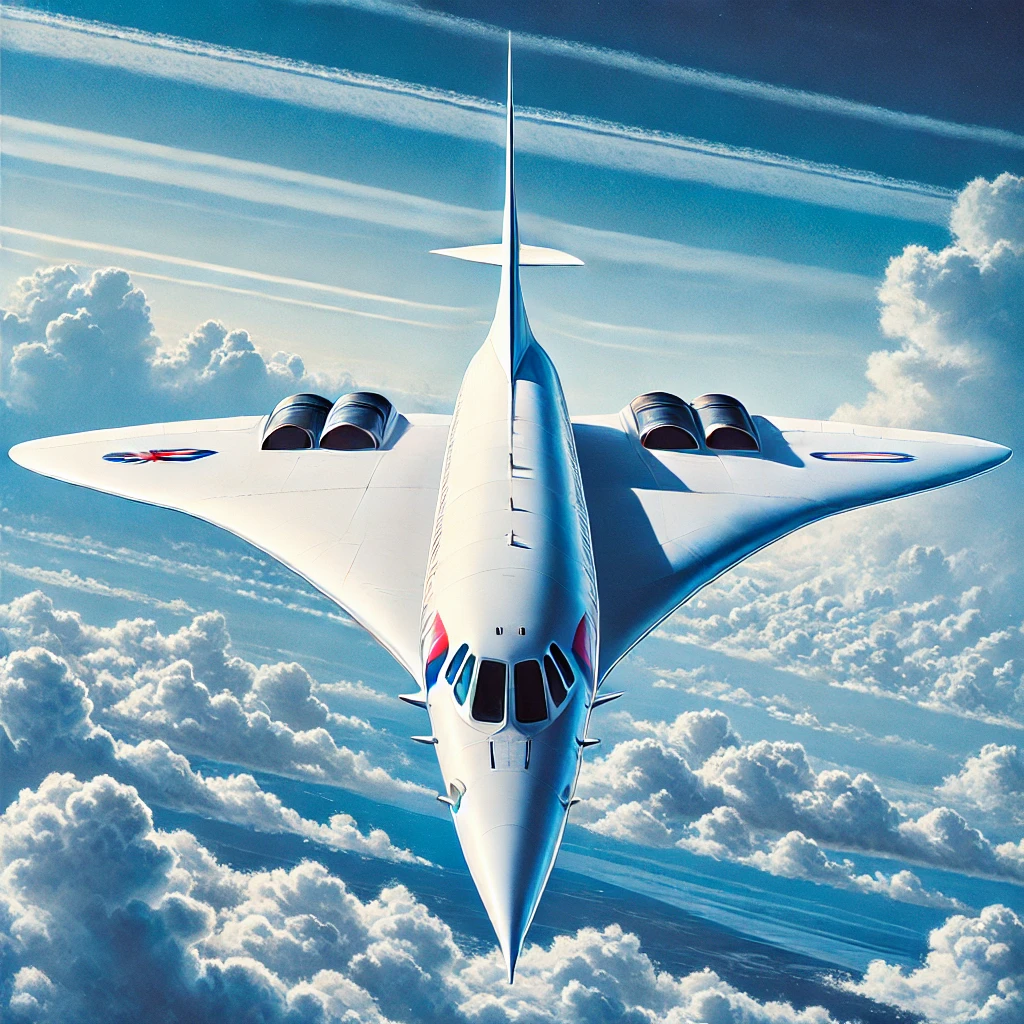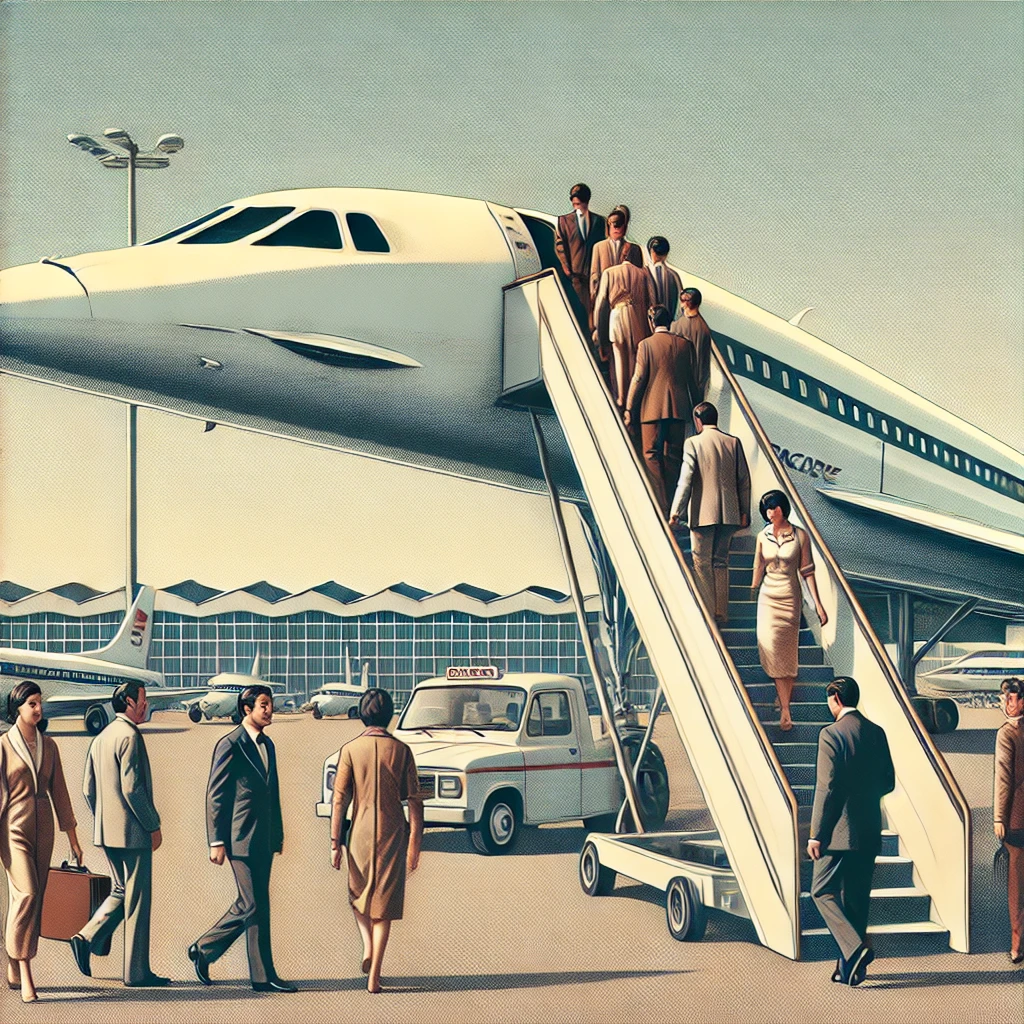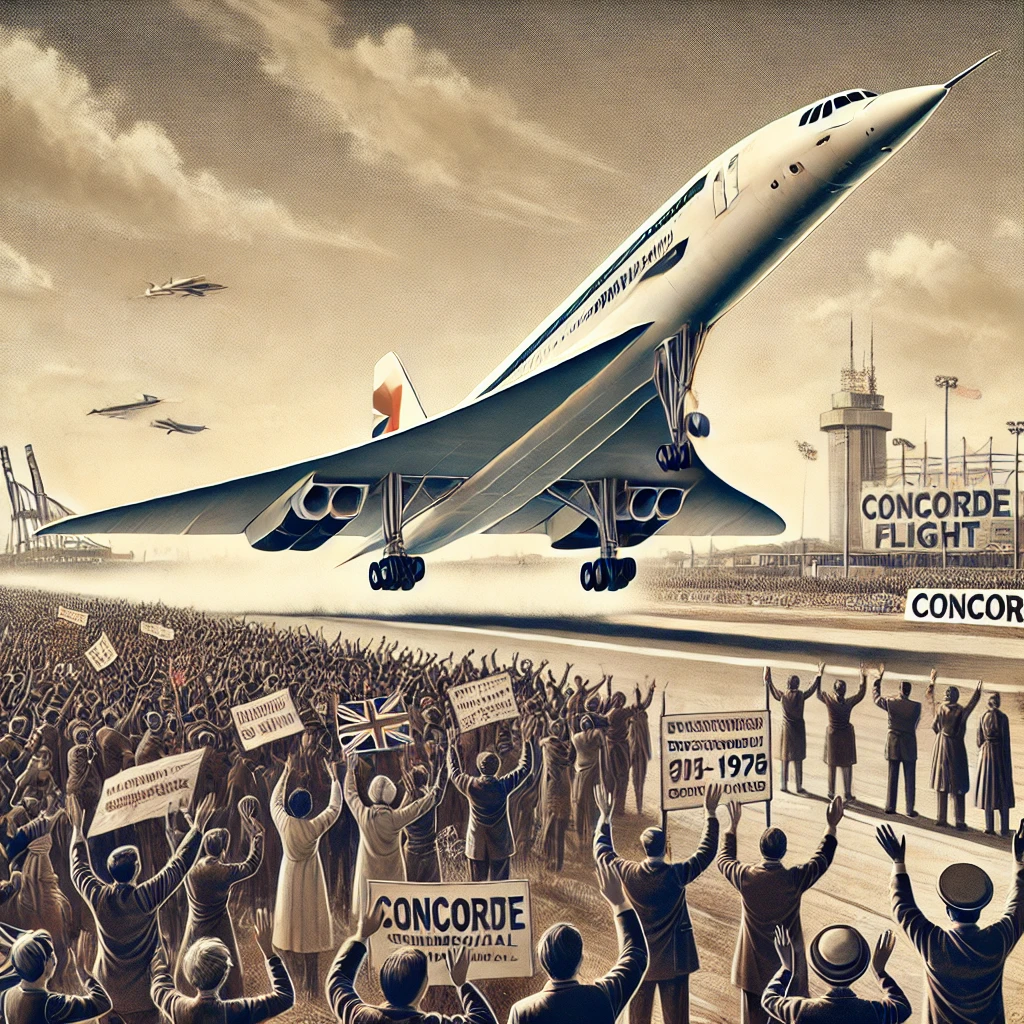On January 21, 1976, the Concorde, a symbol of supersonic travel, entered commercial service, offering a unique and rapid transatlantic flight experience. This technological marvel, developed collaboratively by British and French engineers, redefined air travel and became an enduring icon of innovation. The Concorde’s maiden commercial flights from London to Bahrain and Paris to Rio de Janeiro marked the beginning of a new era in aviation history.

The Concorde Takes Flight
The Concorde was the product of a joint effort between British Aircraft Corporation and Aérospatiale, an ambitious endeavor to create a passenger aircraft capable of flying at twice the speed of sound. With a cruising speed of Mach 2.04 (approximately 1,354 mph), the Concorde reduced transatlantic flight times to just over three hours, a remarkable feat compared to the eight-hour journeys of conventional aircraft.
The sleek delta-wing design and cutting-edge materials allowed the Concorde to operate efficiently at supersonic speeds. Its maiden commercial flights were met with widespread excitement, as passengers and aviation enthusiasts marveled at its speed and elegance. Despite high ticket prices, the Concorde’s allure attracted celebrities, business executives, and world leaders, solidifying its status as a luxury travel experience.

Significance in Aviation History
The introduction of the Concorde was a milestone in aviation history, demonstrating the potential for supersonic passenger travel. It represented the pinnacle of Cold War-era technological competition, as both Western and Eastern powers sought to showcase their engineering prowess. The Concorde’s success was also a testament to international collaboration, bringing together British and French expertise in a groundbreaking project.
However, the Concorde’s journey was not without challenges. High operating costs, limited passenger capacity, and environmental concerns regarding noise pollution and fuel consumption tempered its commercial viability. Additionally, the sonic booms produced during flight restricted its routes to transoceanic journeys, limiting its market reach.
The Concorde’s Enduring Legacy

Although the Concorde was retired in 2003, its impact on aviation and technology continues to resonate. The aircraft’s innovative design and engineering solutions paved the way for advancements in aerodynamics and materials science. Engineers and researchers have drawn inspiration from the Concorde’s achievements as they pursue the development of next-generation supersonic and hypersonic aircraft.
The Concorde also left a cultural legacy, symbolizing human ingenuity and the spirit of exploration. It captured the imagination of millions, featuring prominently in films, advertising, and popular culture. Today, its story serves as a reminder of what can be achieved through collaboration and bold vision.
Efforts to revive supersonic travel are ongoing, with companies exploring quieter and more efficient designs that address the limitations faced by the Concorde. As these projects progress, they stand on the shoulders of the Concorde, a trailblazer that redefined the boundaries of what was possible in aviation.
